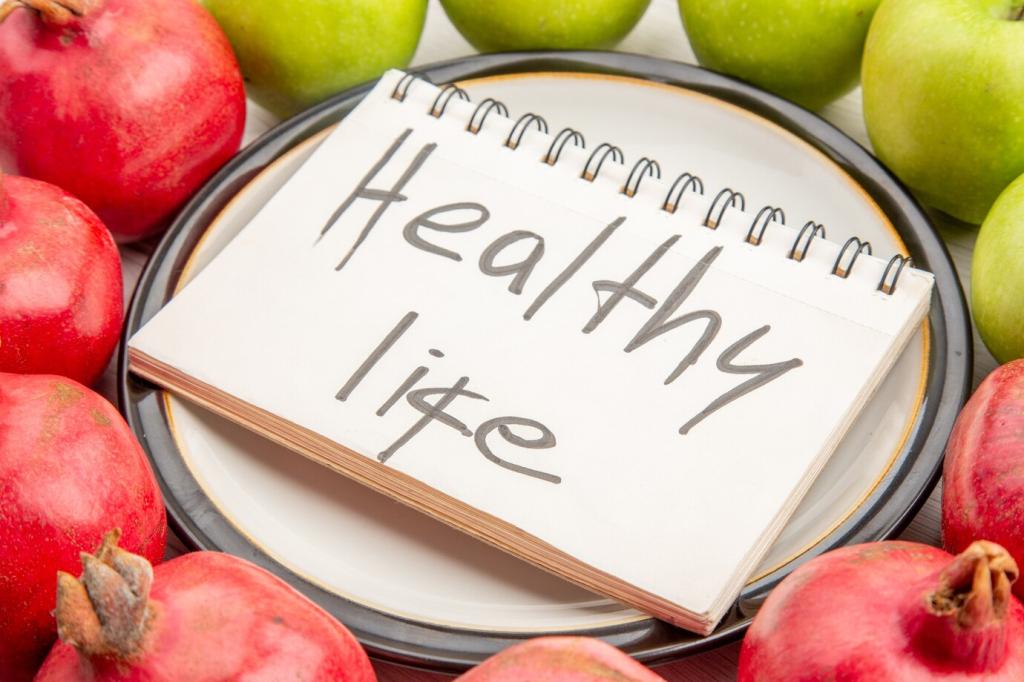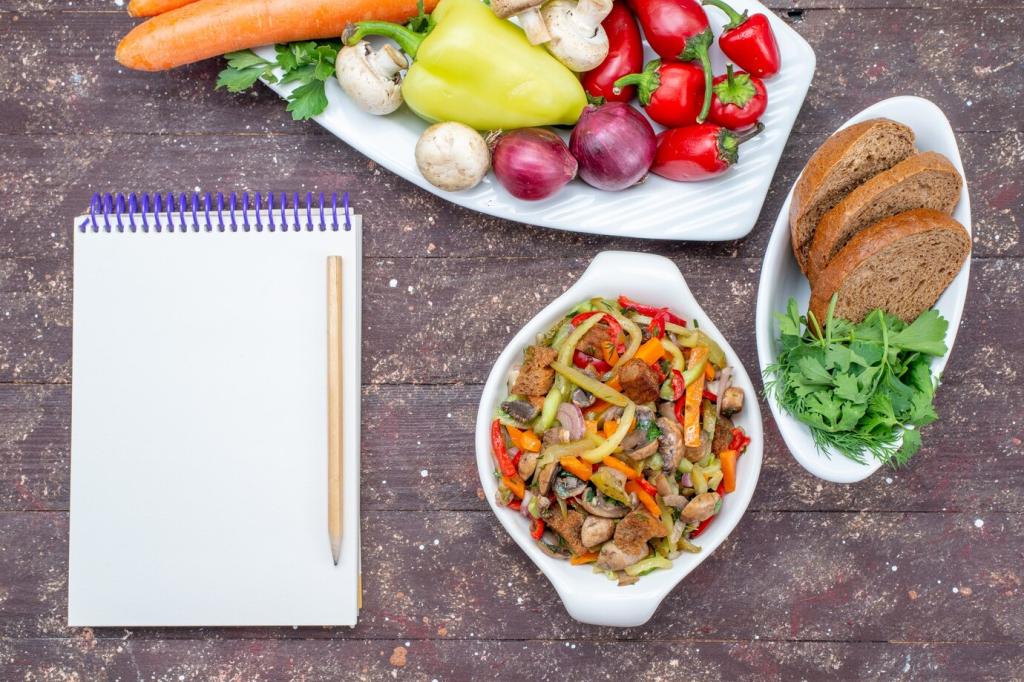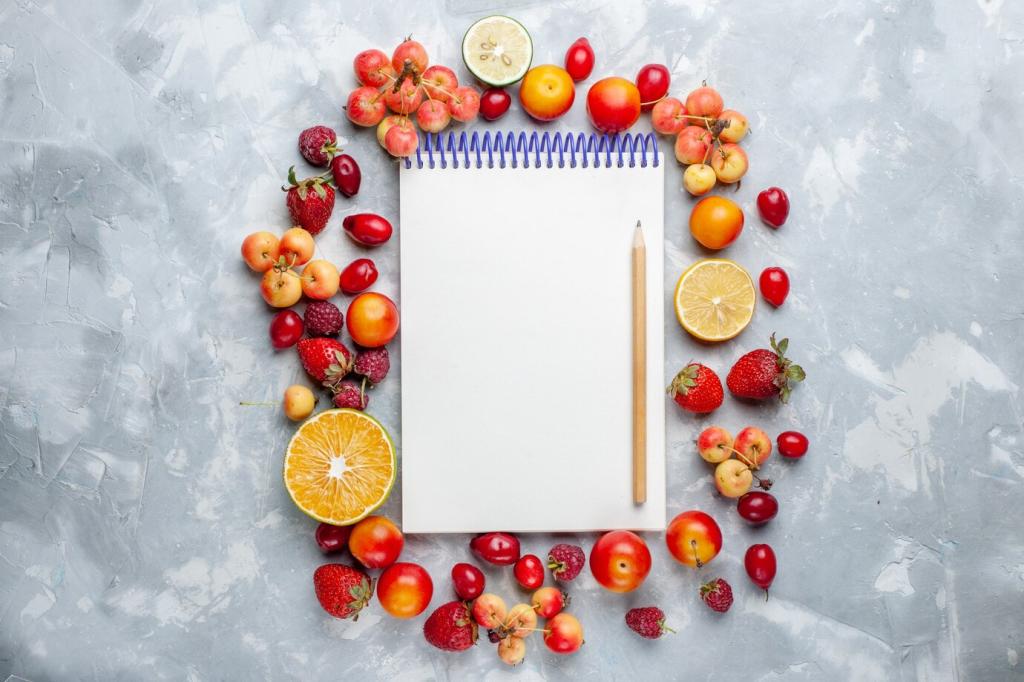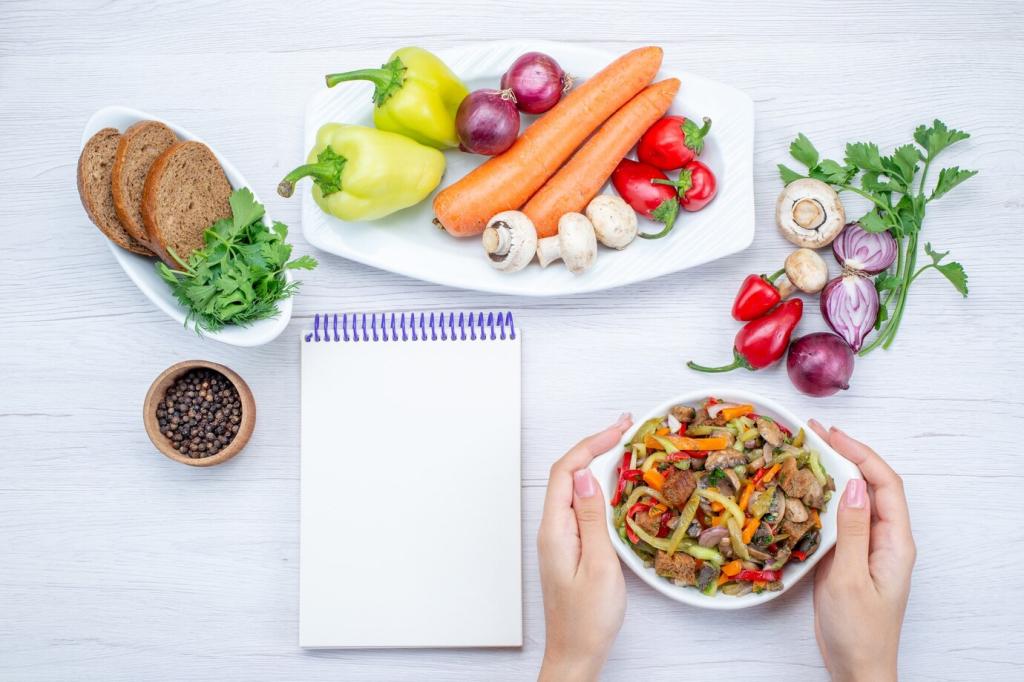How to Read Nutrition Labels for Better Health
Chosen theme: How to Read Nutrition Labels for Better Health. Learn to decode every line on the Nutrition Facts panel, spot hidden sugars and salts, and shop with calm, confident clarity that supports your body and your goals. Subscribe to follow weekly label-reading challenges and practical shopping tips.

Serving Size: The Starting Line
Everything on the panel hinges on serving size. It is a reference, not a recommendation. A reader named Maya once learned her “single-serve” granola pouch held two servings, doubling calories and sugars in seconds. Always check servings per container, then share your own label surprise in the comments.

Calories That Actually Count
Calories are only meaningful when tied to serving size and your personal needs. Compare two similar items by matching their serving sizes first. If you aim for weight management or energy balance, jot down your usual portions, then subscribe for our portioning checklist to practice realistic swaps without stress.
Carbohydrates, Sugars, and Fiber Without the Confusion
Added sugars are those put into foods during processing or preparation, while naturally occurring sugars come from fruit or milk. The “Added Sugars” line helps you limit sneaky sweeteners in cereals, sauces, and drinks. Tell us your go-to low–added sugar staple, and we’ll build a community list.
Fiber helps you feel satisfied, supports gut health, and steadies blood sugar. Look for higher fiber in whole grains, beans, fruits, and vegetables. Aiming for more? Choose breads with at least three grams of fiber per slice. Share your favorite high-fiber breakfast idea to inspire other readers today.
Some people calculate net carbs by subtracting fiber and certain sugar alcohols from total carbohydrates. This can be useful for specific goals, but labels vary. Consider how your body responds, and talk with your clinician if needed. Want a deep dive? Subscribe for our evidence-based net carbs explainer.
Fats: From Villain to Nuance
Higher saturated fat intake is linked with elevated LDL cholesterol for many people. Use the %DV to gauge how a food fits your day. If breakfast already had a high-saturated-fat item, pick a lighter option later. Comment with your favorite satisfying swap, like Greek yogurt in place of heavy cream.
Fats: From Villain to Nuance
Even when trans fat reads 0 grams, small amounts may exist if a serving has less than 0.5 grams. Scan ingredients for “partially hydrogenated oils.” If you spot them, consider an alternative. Have you found a better brand without those oils? Share it to help others shop smarter and feel better.


Sodium: The Quiet Number With a Loud Impact
Sodium Sneaks Into Surprising Foods
Bread, soups, sauces, and frozen meals can contribute major sodium before you even pick up a salt shaker. Compare similar items and choose lower-sodium versions. One reader, Theo, cut his weekly sodium by swapping his favorite soup brand. Share your discoveries to build our low-sodium swap list.
Decoding Percent Daily Value for Salt
Use %DV to compare sodium at a glance: 5% is low, 20% is high. Consider your total day, not just one meal. If lunch is salty, go lighter at dinner. Want our printable sodium cheat sheet for grocery trips? Subscribe, and we’ll send it along with a simple two-minute reading routine.
Balancing Flavor Without the Flood
Flavor need not mean excess sodium. Try citrus, herbs, garlic, vinegars, and spice blends. When a label looks salty, pair it with fresh produce to dilute the total. Tell us your favorite herb mix below, and we’ll compile reader-tested combinations to make lower-sodium cooking exciting and delicious.
Ingredients Lists: The Story Behind the Numbers
Order Matters More Than You Think
Ingredients are listed by weight, from most to least. If sugar, refined flour, or oils lead the list, the product may not align with your goals. Flip packages before committing. What label surprised you most this month? Post it, and let’s help each other make sense of sneaky ingredient lineups.
Sugar by Any Other Name
Sugar often appears as dextrose, maltose, cane syrup, honey, or fruit juice concentrate. Multiple sweeteners spread across the list can hide a high total. Practice spotting aliases on three packages this week, then share how it changed your cart. Small wins stack up into meaningful, lasting habits.
Short Lists, Clear Minds
Shorter ingredient lists can signal simpler foods, yet simple does not automatically mean healthier. Read for quality and fit for your needs. A peanut butter labeled with only peanuts and salt might beat a longer list with added sugars. Comment your favorite minimal-ingredient staple to inspire quick swaps.
Health Claims and Marketing: Read Beyond the Front
“Light,” “low,” and “free” have specific regulatory definitions, but do not guarantee overall healthfulness. A “low-fat” item may be high in sugar. Always verify with the Nutrition Facts and ingredients. Share a claim that fooled you, and we’ll unpack it together in our next community Q&A session.


Health Claims and Marketing: Read Beyond the Front
“Made with whole grains” can mean only a small amount. Check fiber grams and the ingredient order for whole grain terms like “whole wheat” near the top. Snap a photo of two breads you compared and tell us which won. Your picks help others learn to scan smarter in sixty seconds flat.

This is the heading
Lorem ipsum dolor sit amet, consectetur adipiscing elit. Ut elit tellus, luctus nec ullamcorper mattis, pulvinar dapibus leo.

This is the heading
Lorem ipsum dolor sit amet, consectetur adipiscing elit. Ut elit tellus, luctus nec ullamcorper mattis, pulvinar dapibus leo.
